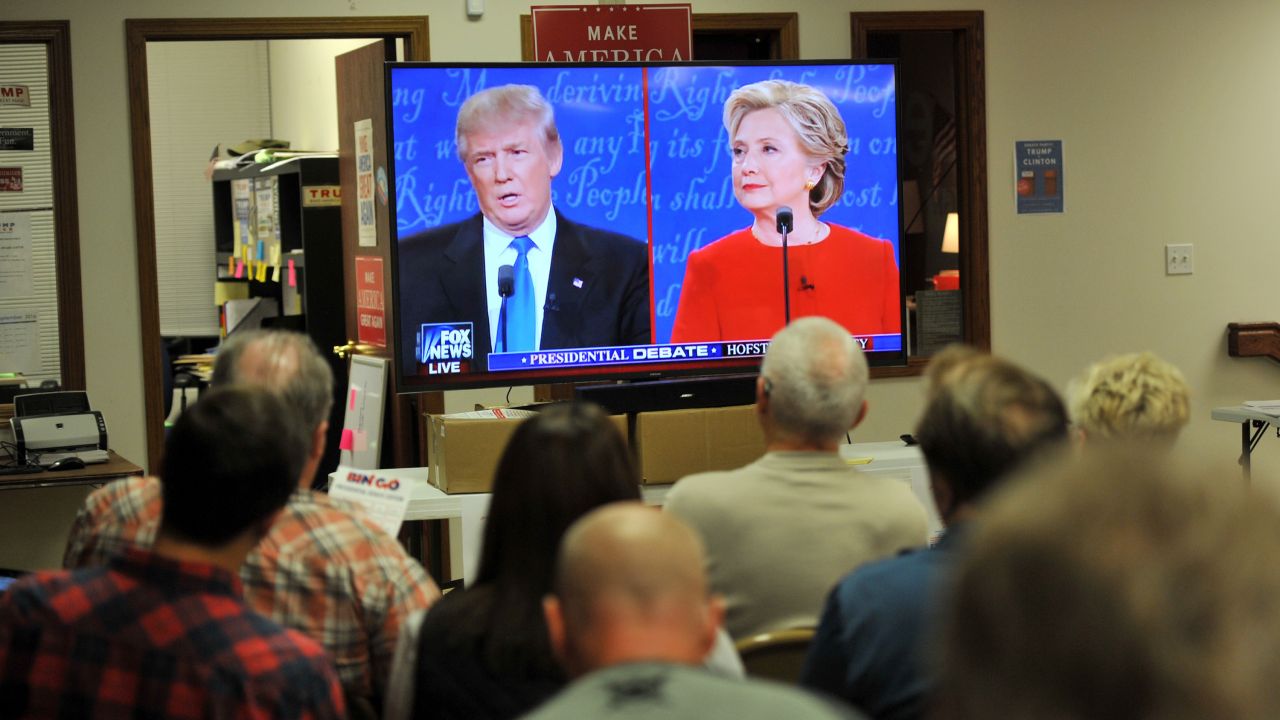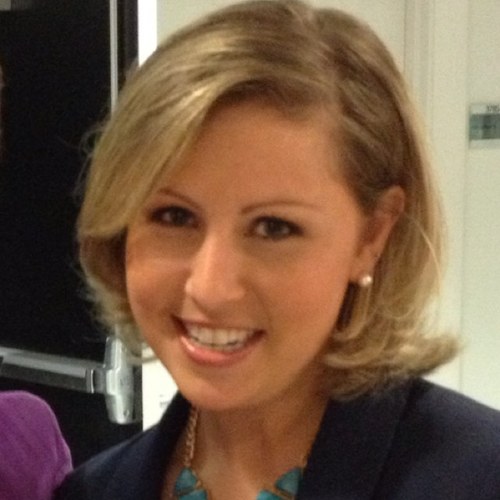
Supporters of Republican presidential nominee Donald Trump listen to the first of three presidential debates at the Trump headquarters in Urbandale, Iowa. (Photo by Steve Pope/Getty Images)
As NBC’s Lester Holt noted in his opening question: “There are two economic realities in America today.” And boy were they on display in last night’s debate.
Donald Trump, the candidate who has said in the past that wages in this country are “too high,” didn’t mince words, bragging openly about paying nothing in taxes, about rooting for the housing crisis as an opportunity to profit from foreclosure, and about doubling down on the failed theory of trickle-down economics through a tax plan promising massive giveaways to the wealthy and corporations. The Republican presidential nominee’s plan cuts taxes for his own family by as much as $4 billion, while essentially ignoring low- and middle-income families (and reducing revenue by some $6 trillion, which experts note would likely cost the economy millions of jobs and plunge the nation back into recession). As Trump boasted: “That’s going to be a beautiful thing to watch.”
Trump’s Democratic rival, Hillary Clinton outlined a very different economic vision: one that includes job-creating investments in infrastructure and manufacturing; a long-overdue increase in the federal minimum wage; policies to ensure that Americans can balance work and family, such as paid family and medical leave, earned sick days and affordable, high-quality child care; and rebalancing the upside-down tax code, in recognition that, as Clinton put it, “we have to build an economy that works for everyone, not just those at the top.”
Census data released earlier this month serve as a stark reminder of where each of these economic visions takes us — and what works when it comes to cutting poverty and boosting incomes. Last year saw truly historic gains on poverty reduction, income and health coverage, with the largest single-year decline in our nation’s poverty rate in nearly 50 years, and all three measures moving decisively in the right direction for the first time since 1999.
This progress didn’t happen by accident. And it certainly wasn’t the result of tax cuts for the wealthy and corporations. It was the result of policy choices that Trump and his GOP colleagues proudly denounce, such as raising the minimum wage (states and cities that acted to raise their minimum wages yielded the greatest gains for low-wage workers); expanding access to health coverage through the Affordable Care Act (we would have seen even greater gains in coverage if not for the 19 states still refusing to expand Medicaid); and ensuring basic living standards through critical programs such as Social Security and nutrition assistance (if not for our safety net, the nation’s poverty rate would be nearly twice as high).
Claiming to be the head of a worker’s party doesn’t make it so. Pretending to care about the need for paid leave and childcare doesn’t make proposals that favor the wealthy any more effective for everyone else. That’s why TalkPoverty has launched a #Wheredoyoustand campaign to get the debate moderators to ask the real questions, pushing the candidates past rhetoric and to the reality of their policies.
Trump can put as many new coats of lipstick on his tired trickle-down policies as he wants, but when all is said and done it’ll still just be more lipstick on the same pig.




